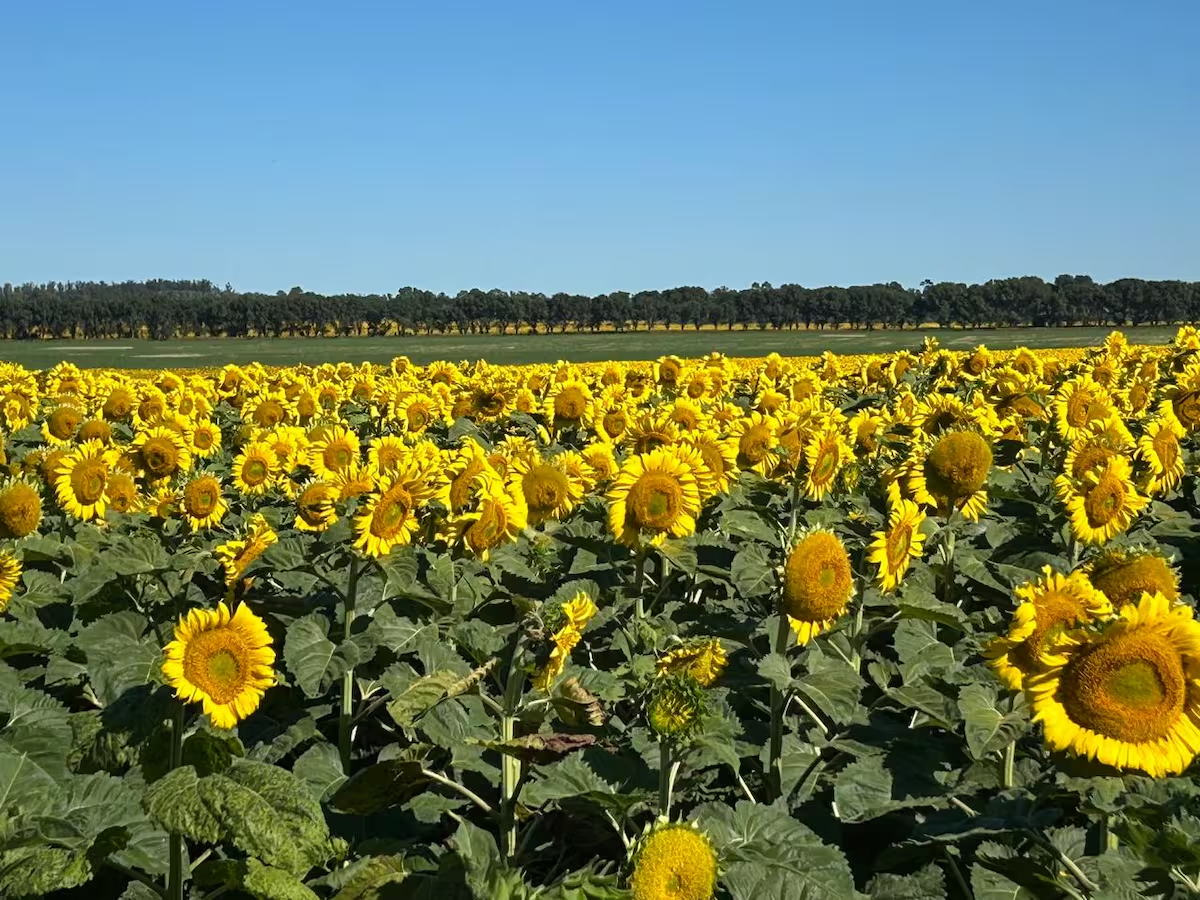
Current campaigns include the following crops: ability to pay In terms of inputs, they were significantly higher than those recorded in previous campaigns. sunflower
This behavior is maintained throughout the year. Oilseed prices are good; The inputs needed for production are easily available, both in available markets and at the harvesting location.
for example, The amount of sunflower needed to buy 100 liters of diesel is now 43% lower compared to the average of the last three years. The same thing happens with herbicides, fertilizers, labor and transportation services.
on the other hand, The relationship between other crops and fertilizers is maintained at a neutral level, That is, no significant advantages or disadvantages are detected when replacing grain with urea or monoammonium phosphate. for example, The amount of corn needed to obtain 1 ton of urea is 1% less than the average of the past three years. The exception is wheat, which has the worst terms of trade and costs 21% more than average to buy the same amount of urea.
In the case of phosphorus, international prices continue to rise, but have not yet been fully transferred to the domestic market and remain at around $900 per tonne.
Regarding the category of pesticides, action of glyphosate, Its price hit historic lows in 2024 and early 2025 before rebounding in recent weeks.
After a long period of very favorable purchasing relations for grains and their products, the first bullish reaction is observed in October and November. Given that international standard prices are on a recovery trend, there is still room to evaluate whether appropriate purchasing behavior will be maintained even if herbicide prices rise. at the moment, It takes 22% less soybeans and 20% less corn than average to buy 100 liters of glyphosate.
On the other hand, there continues to be a good relationship between grain prices and labor and transportation costs. This situation stems from the approximately 20% jump in exchange rates that occurred in June, increasing the purchasing power of grain compared to labor and transportation costs, which did not increase at the same rate. This adjustment to farmer incomes was particularly important as freight transportation constitutes a high cost in the 2024/25 agricultural equation.
Similarly, Although the price of diesel is still less than $1 per liter, Therefore, it is a relatively cheap input when compared to the values observed during 2024. However, as the calendar progresses, both fuel prices and the costs associated with their use (labor and transportation costs) are expected to be progressively updated, which may partially reduce the current positive relationship between grains and these services.
In summary, beyond certain movements in input prices that show considerable stability, Currently, grain prices should be the main factor in raw material purchasing decisions, and a mixed picture is presented.
Taking advantage of the favorable conditions for inputs and services to be acquired will require attention to the fundamentals and macroeconomic evolution of each.
The author is an analyst at AZ-Group



